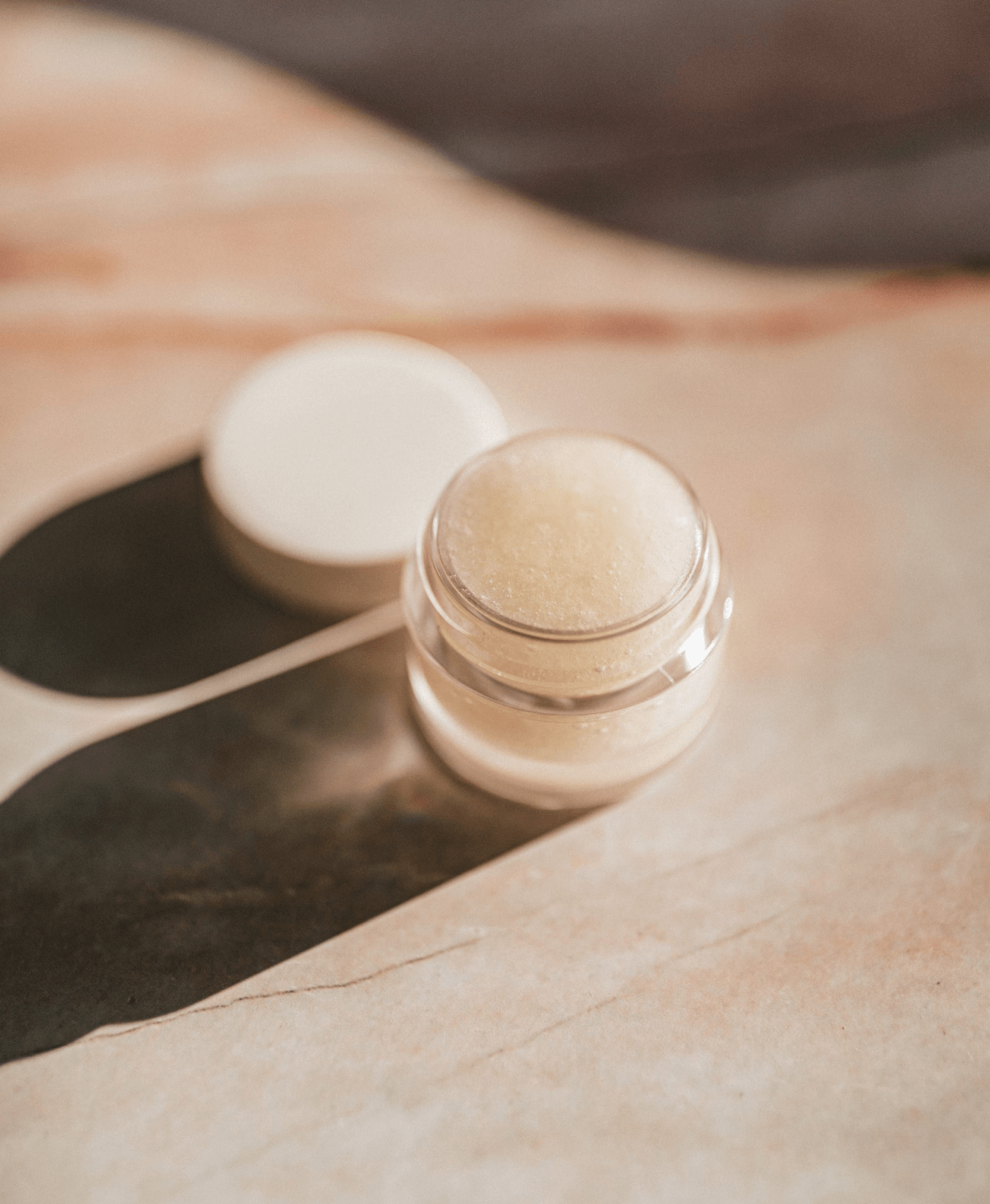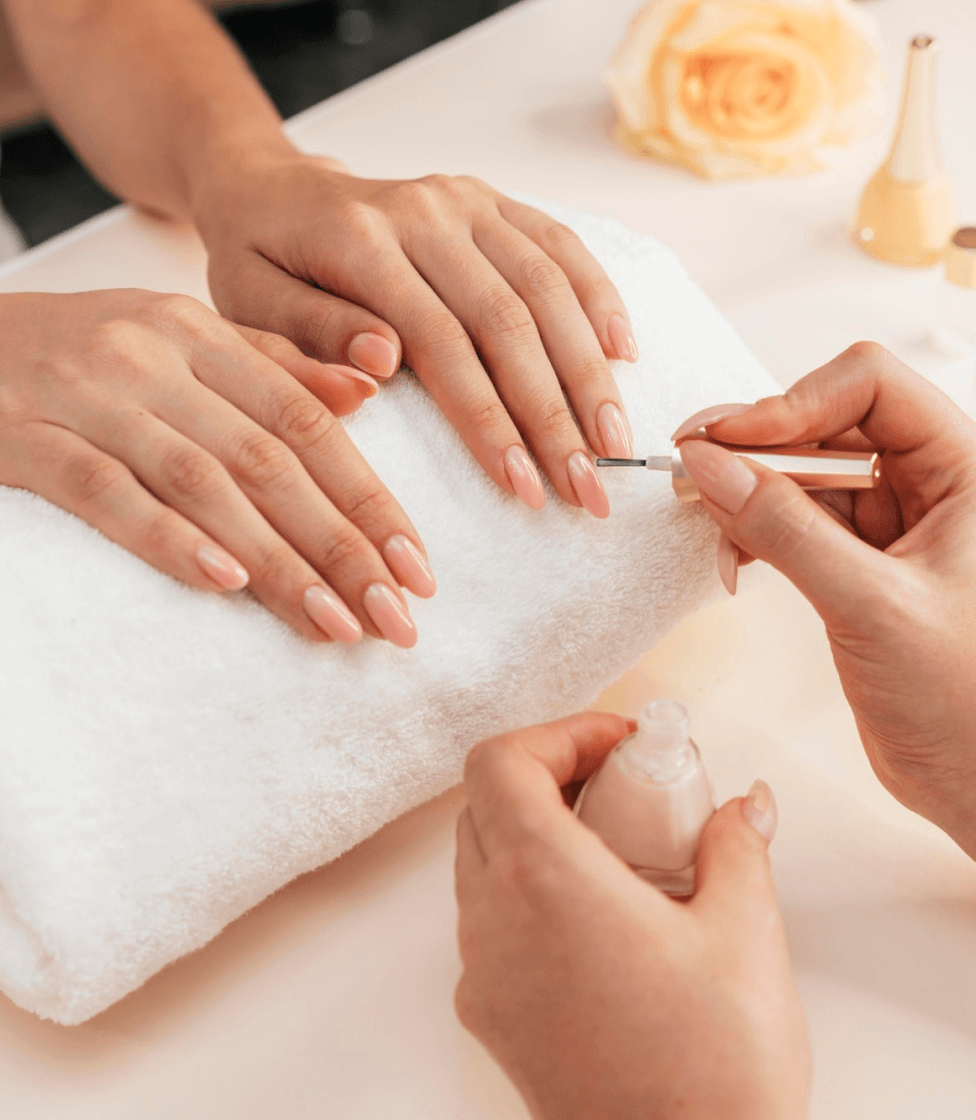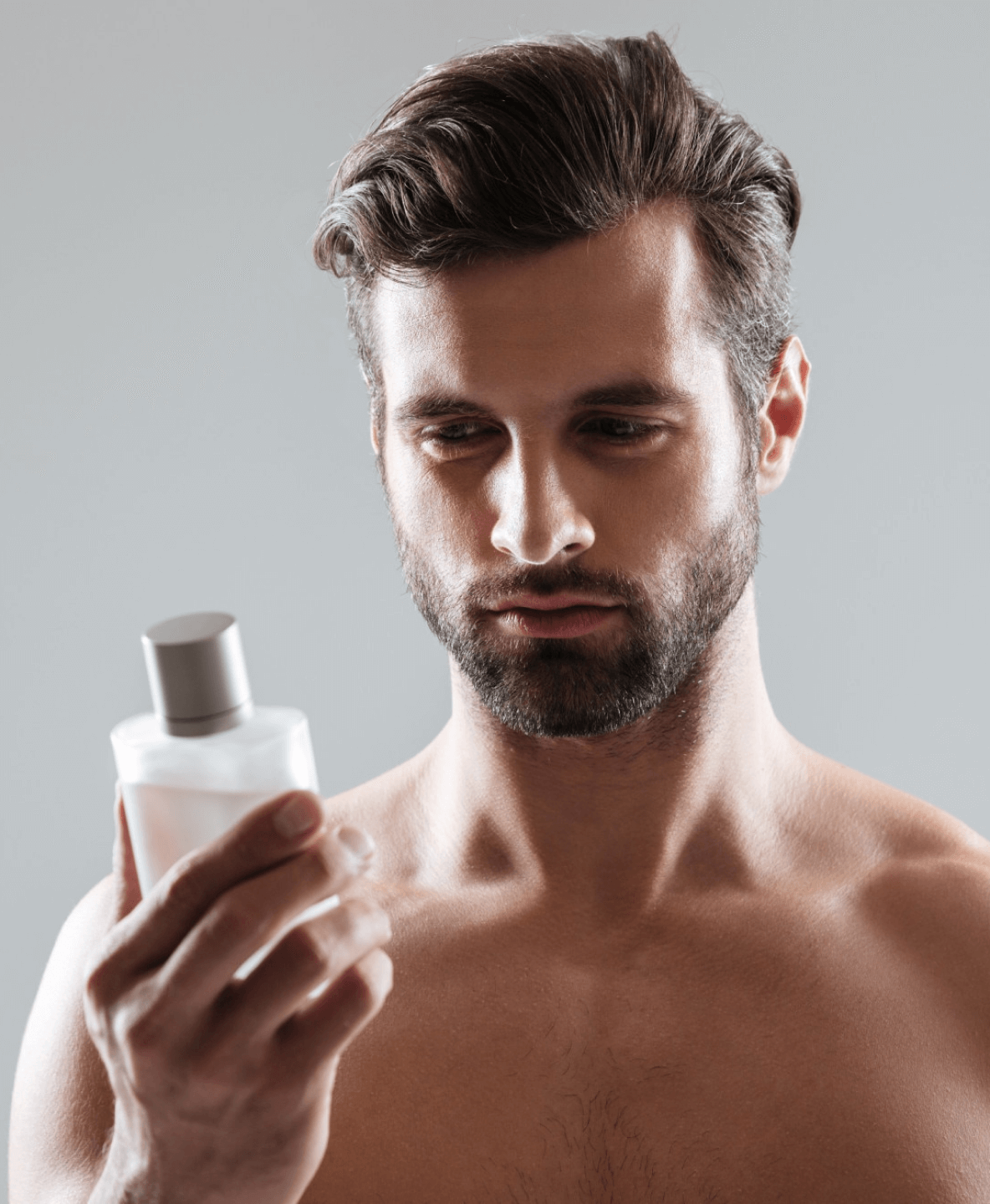Purpose
The purpose of the product has to be exclusively or mainly to:
Clean
Perfume
Change appearance
Protect
Keep in good condition
Correct body odours
Classification of the product often depends on the claims which the manufacturer makes for that product. This is especially the case with the so-called borderline products, where products have characteristics of more than one product category, and it is therefore difficult to classify them.
Cosmetic products can be on the borderline with medical devices, pharmaceuticals, biocides, toys etc. Cosmetic products should have the function of exclusively or mainly to clean, perfume, change appearance, protect, keep in good condition or correct body odours. The intended function does, among others, not include products presented as having properties for treating or preventing disease in human beings.
Therefore, mentioning or visually presenting any diseases on cosmetic product labels is not allowed, and neither is using words or phrases which present a medicinal intent. It is important to note that acne, for example, are also considered a disease, so anti-acne products aren't classified as cosmetics. The assessment of whether a product is a cosmetic product has to be made on the basis of a case-by-case assessment, taking into account all characteristics of the products.





